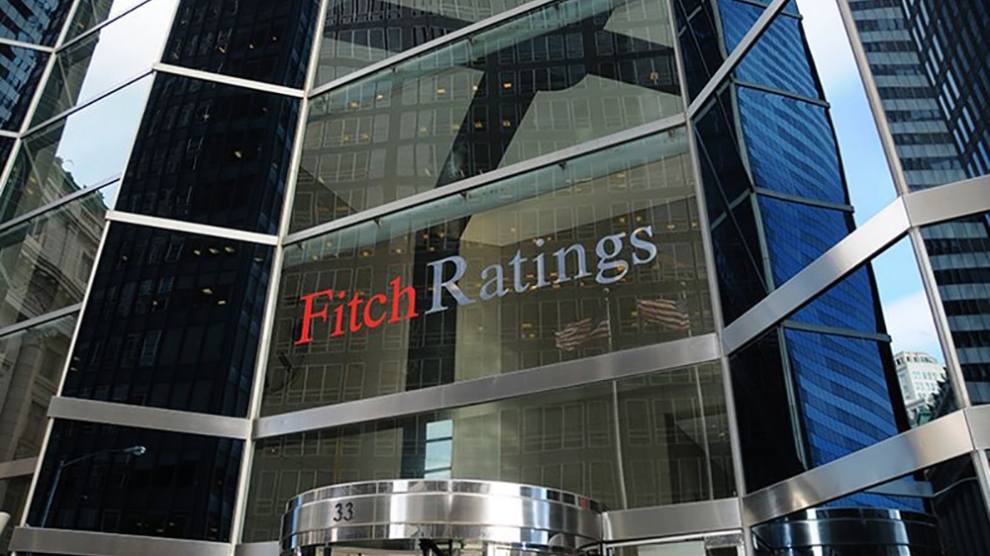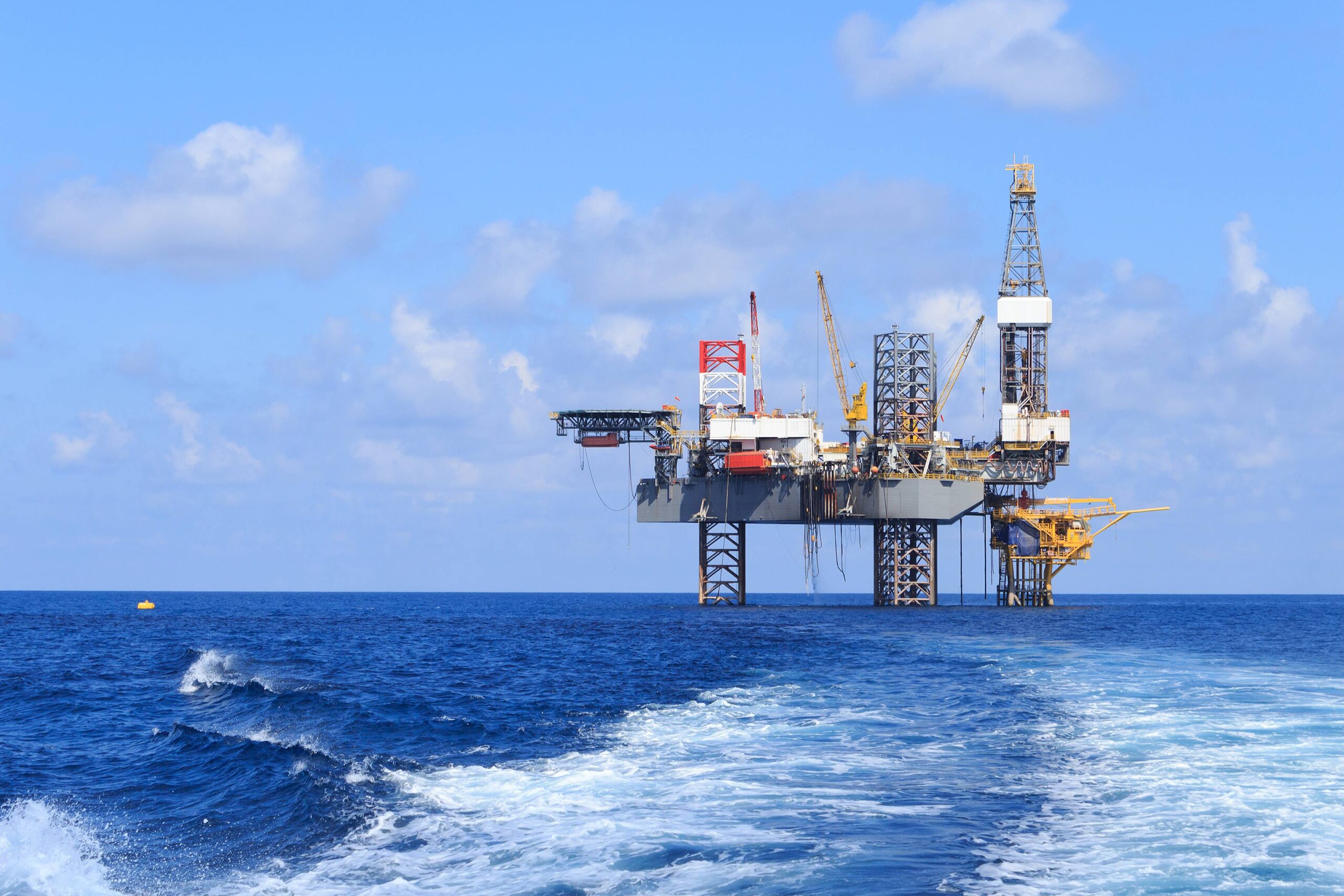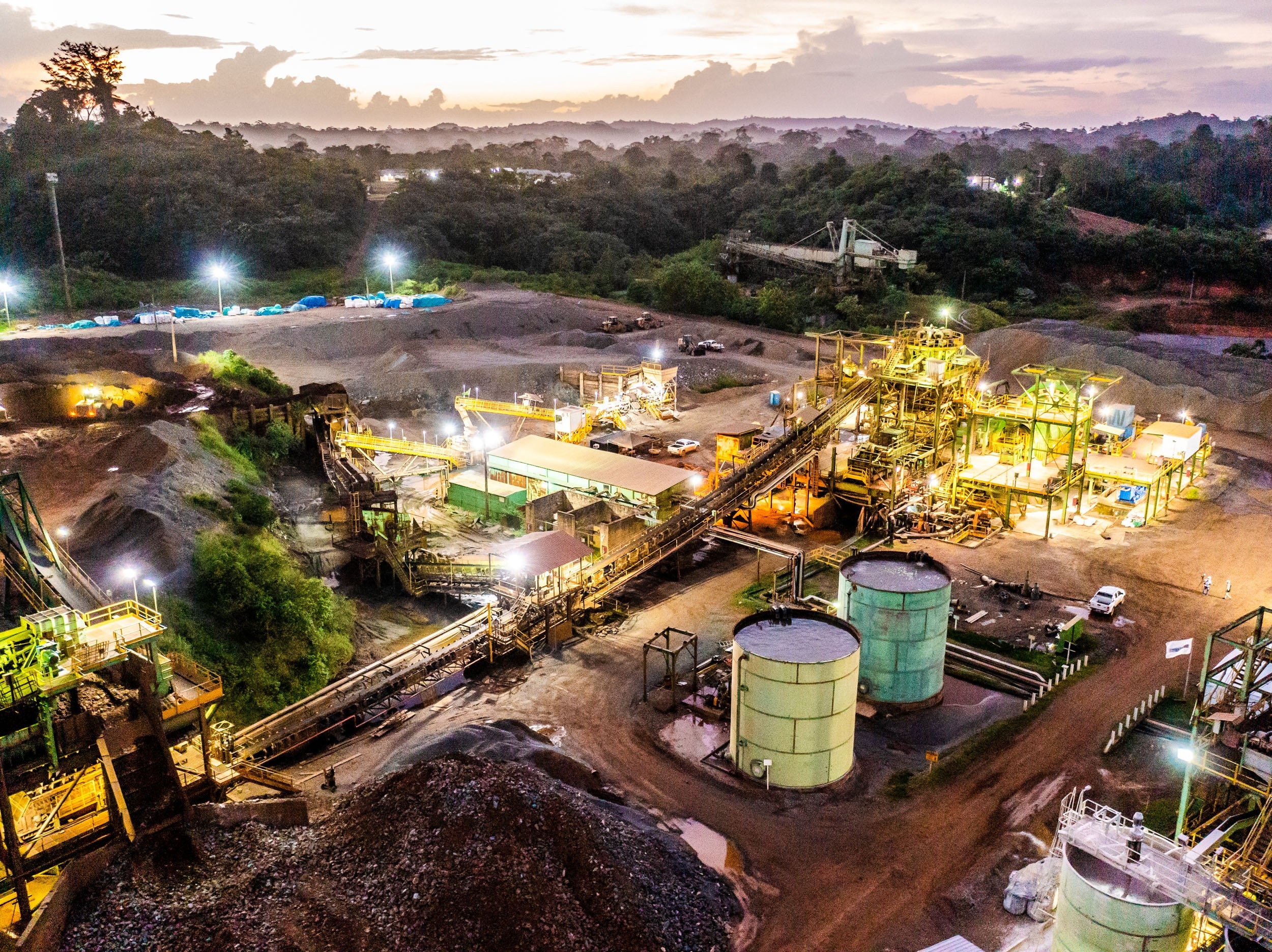NEW YORK, NEW YORK (By Fitch, 9.Sep.2025, Words: 1,225) — Fitch Ratings has placed Petroleos Mexicanos’ (PEMEX) ‘BB’ Long-Term Local and Foreign Currency Issuer Default Ratings (IDRs) on Rating Watch Positive (RWP). Fitch has also placed Pemex’s ‘BB’ senior unsecured notes outstanding on RWP.
The RWP reflects Fitch’s expectation that PEMEX’s Government-Related Entity (GRE) Overall Linkage Score (OLS) will improve, driven by a higher assessment of the Decision-Making and Oversight subfactor, contingent on the successful execution of the company’s USD9.9 billion tender offer across 11 security series and funded with cash proceeds from the Mexican government, as announced on Sept. 2, 2025. The improved OLS would indicate a closer linkage between PEMEX and the sovereign, thus changing the approach to notching from top-down minus two to top-down minus one and resulting in a one-notch upgrade.
RELATED: Operaciones Petroleras Soledad proposes Pemex suspend current work program
KEY RATING DRIVERS
Improved GRE Linkage Score: Mexico has taken legislative actions that allow PEMEX to share a debt ceiling with the secretary of finance. These changes are intended to materially address PEMEX’s leverage and funding cost. If the announced USD9.9 billion tender for 11 series of PEMEX securities is executed as planned and financed with United Mexican States cash, it would operationalize the legislative intent and provide tangible evidence of stronger government direction, support and control over PEMEX’s financial policy.
That scenario would trigger a revision of the Oversight and Decision-Making subfactor, per Fitch’s GRE criteria, from ‘Very Strong’ from ‘Strong’ and create an additional five-point increase in PEMEX’s OLS to 35 from 30. This score would lead to a change in the approach to notching of PEMEX’s IDR from top-down minus two to top-down minus one, for an IDR upgrade to ‘BB+’.
RELATED: Pemex offers to buy 11 series of its securities for maximum cash amount of $9.9bn
Financial Profile Persistently Weak: PEMEX’s Standalone Credit Profile (SCP) is ‘ccc’, reflecting persistent negative FFO, EBITDA compression due to lower crude prices and production, tight liquidity, and unrelenting losses in the downstream business. On June 30, 2025, PEMEX had USD98.8 billion in debt and interest expenses of USD2.0 billion, over half of the quarter’s EBITDA. Expected leverage through the rating horizon exceeds 15x. The SCP could improve after the tender offer closes, reflecting enhanced financial flexibility and liquidity.
Deteriorating Operational Performance: Fitch believes the multiyear underinvestment in both the upstream and downstream assets will continue eroding operational and financial performance. Multiple incidents at critical assets signal a lack of maintenance capex. The new administration has been vocal regarding a cap to upstream production and has intensified efforts in the downstream, which will continue to pressure liquidity unless ongoing government support is provided to address capex and debt service. The production and development of new fields has declined in the last few years, making exploration and production (E&P) capex a top risk.
RELATED: Sheinbaum says no former or present Pemex engaged in corruption will be protected
ESG – GHG Emissions & Air Quality: PEMEX’s history with GHG emissions poses an ESG concern. Multiple fires at critical assets will likely affect local communities and the environment. Fitch believes operational management and the lack of maintenance capex for core assets and infrastructure will further challenge PEMEX’s financial profile. This was a key consideration in the ‘B+’ rating, as PEMEX’s ESG track record can further impair its ability to raise capital.
ESG – Hazardous Materials Management: The last 10 years of underinvestment has contributed to the deterioration of transportation infrastructure. Certain pipelines have had leaks, releasing contaminating products near nature and population. This issue poses an ESG concern as environmental remediation costs and related litigation could further pressure the company’s liquidity position.
RELATED: Mexican government highlights earnings, pension payments to former Pemex workers
ESG – Employee Wellbeing: Employee Wellbeing is also an ESG concern in assessing PEMEX’s credit profile. Several incidents stemming from underinvestment in critical assets have caused injuries and fatalities of employees and contractors. Many of these have also had damaging environmental impacts, likely affecting the company financially and reputationally.
ESG – Management Strategy: PEMEX’s management track record and its financial distress could complicate its ability to execute on its strategy.
PEER ANALYSIS
PEMEX’s link to the sovereign is weaker compared to Petroleo Brasileiro S.A. (Petrobras) (BB/Stable), Ecopetrol S.A. (BB+/Negative), and Empresa Nacional del Petroleo (ENAP) (A-/Stable) which benefit from stronger government support and increased oversight.
RELATED: Pemex responds to oil spill along Poza Rica-Salamanca pipeline in Puebla
However, PEMEX compares favorably to Petroleos del Peru – Petroperu S.A. (CCC+) as Peru’s government only meets Petroperu’s immediate needs without improving its capital structure. Petroperu’s market share drop to 25% from 45% caused minimal disruptions due to alternative fuel imports. Fitch believes regional governments, except for Mexico and Peru, have taken steps to ensure their national oil and gas companies’ SCPs remain viable long term.
Fitch views PEMEX’s SCP as commensurate with the ‘ccc’ level, which is 10 notches below Petrobras’s ‘bbb’ SCP and nine notches below Ecopetrol’s ‘bbb-‘ SCP. The differences are primarily due to PEMEX’s weaker capital structure and increasing debt. PEMEX’s SCP reflects the company’s large transfers to Mexico’s federal government, weakening operations, and a large and increasing financial debt balance when compared with 1P reserves and elevated EBITDA-adjusted leverage. Comparatively, Ecopetrol and Petrobras significantly strengthened their capital structures and maintained stable operating profiles.
KEY ASSUMPTIONS
–Average West Texas Intermediate crude prices of USD65bbl in 2025, USD60bbl in 2026, and USD57bbl for the midcycle;
–Henry Hub prices of USD3.6/mcf in 2025, USD3.5/mcf in 2026 and USD3.0/mcf thereafter;
–Oil production stays flat at 1.75mmboed;
–Annual capex average of USD12 billion;
–Government take to average 60% of EBITDA per annum;
–Short-term debt and debt maturities are refinanced at 8%;
–PEMEX will receive necessary support from the government to ensure adequate liquidity and debt service payments;
–Refined product volumes growth moves aligned with Fitch’s real GDP growth forecasts of 0.05% in 2025 and 0.7% in 2026 and thereafter;
— P-Cap transaction addresses USD5 billion of 2025 bank debt and USD6 billion of 2026 bank debt;
— Government support of USD6.7 billion in 2025 and USD13.5 billion in 2026.
RELATED: SENER head Luz Elena says Plan Pemex 2025-2035 viewed positively by Moody’s [statement]
RATING SENSITIVITIES
Factors That Could, Individually or Collectively, Lead to Negative Rating Action/Downgrade
–A downgrade of Mexico’s sovereign rating;
–Weakened ability and/or willingness of the government to meaningfully support PEMEX;
–An inability to successfully manage supplier liability.
Factors That Could, Individually or Collectively, Lead to Positive Rating Action/Upgrade
–Successful closing of the announced tender offer financed with cash proceeds from the Mexican government;
–Materialization of further support from the government;
–An upgrade of Mexico’s sovereign rating;
–An irrevocable guarantee from Mexico’s government to sustainably cover more than 75% of PEMEX’s debt.
LIQUIDITY AND DEBT STRUCTURE
PEMEX’s liquidity position remains weak because of negative FCF, which resulted in a relatively low cash position and reduced availability of its lines of credit. The company reported total cash and equivalents of MXN96.4 billion as of June 2025 and reported MXN1.9 trillion of total debt with MXN529 billion in short-term debt. After the P-cap transaction, as of the end of August PEMEX has repaid USD7.8 billion of its bank debt, including USD4.6 billion of its revolving credit lines.
ISSUER PROFILE
PEMEX, Mexico’s state-owned oil and gas company, is the country’s largest enterprise and one of the world’s largest vertically integrated petroleum companies.
____________________


